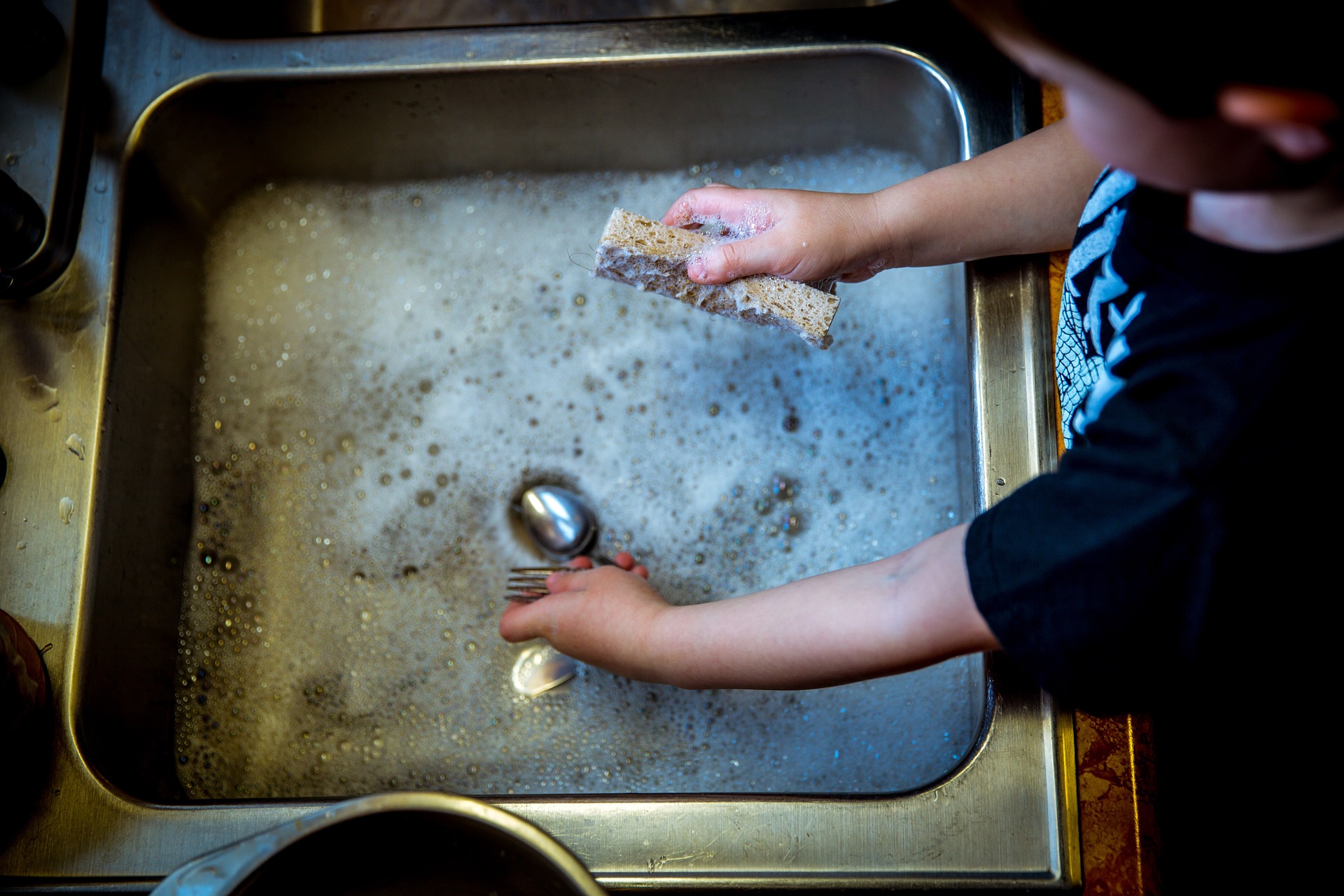How To Clean Your Grease Trap Interceptor ?

Any commercial kitchen worth its salt will feature one or more grease traps. These devices are designed to filter oil and solid fats out of wastewater, keeping them out of the plumbing system and preventing potential damage.
A smoothly running kitchen depends on functioning grease traps. Here’s what you need to know about keeping yours in top working condition:
Why Do Grease Traps Need Cleaning?
Your kitchen grease traps are great at keeping oil and solid fat chunks from clogging up pipes in your kitchen or overwhelming the public sewage system. But that grease doesn’t just disappear – it gets held within the trap, and eventually needs to be disposed of. When grease traps are fully loaded, they aren’t able to filter out any additional oil.
Staying on top of a grease trap cleaning and maintenance schedule can be tough for busy kitchen managers, who already have so many tasks to handle. It’s also dirty, unsanitary work. That’s why most commercial kitchens delegate the task to kitchen service professionals, who already have the heavy equipment to haul grease away (and who don’t need to greet customers or prepare food afterwards).
Controlling Your Grease Flow
Cleaning out grease traps is an inevitable part of kitchen management. And while it isn’t a terribly difficult process, it does require you to put food preparation on hold. In an industry with razor-thin profit margins, every minute counts – so it makes sense to keep as much grease as possible from even entering the trap. That way, cleaning appointments aren’t needed nearly as frequently.
Relatively clean fats (or “yellow grease”), like the oil out of a fryer, can often be recycled and used to generate energy or create biodiesel fuel. You may even be able to turn this into an additional revenue source for your business. In contrast, the oil removed from grease traps (or “brown grease”) tends to contain rotted food solids and is not fit for reuse.
Limiting the amount of fat that enters your grease traps is the smart choice for your bottom line and for the environment. Make sure your staff is trained in oil disposal processes, as that your kitchen is equipped to separate and collect grease before washing up the cookware.
Professional Grease Trap Cleaning
With proper care and maintenance, your grease traps should only require periodic cleaning. But eventually, the time will come when that oily kitchen runoff you’ve been collecting needs to be removed.
How often do grease traps need cleaning, you ask? It really depends on the workload of your kitchen, the types of food you’re preparing, and how effectively your kitchen staff is limiting the amount of fats and oils that enter the drain. As a general rule of thumb, though, most professional kitchens will want service every 1-3 months.
It’s a great idea to track your history of cleaning appointments in a waste manifest, recording the date of service and the amount of grease removed. This will help optimize the scheduling of new service appointments, and limit unnecessary expenses for your business.
Grand Natural Inc provides grease trap interceptor cleaning, cooking oil recycling services, and other professional kitchen solutions with a focus on eco-friendliness and sustainability. Call us at (855) 519-5550, or contact us online for more information.
categories
Recent Posts
Waste Cooking Oil Recycling Uses & Ideas
2022-04-18 07:00:00
Benefits of Purifying Used Cooking Oil
2022-04-13 07:00:00
5 benefits of recycling used cooking oil
2021-07-30 07:00:00
Things You Need to Know About Used Cooking Oil Collection
2021-07-30 07:00:00
Getting Set Up is Easy.Call UsSign Up NowORCall Us Today. (855) 519-5550



